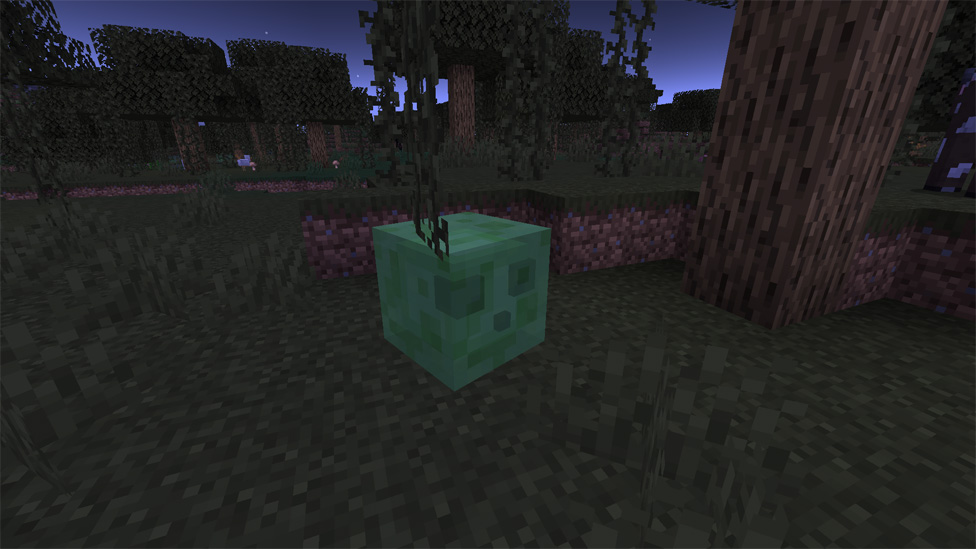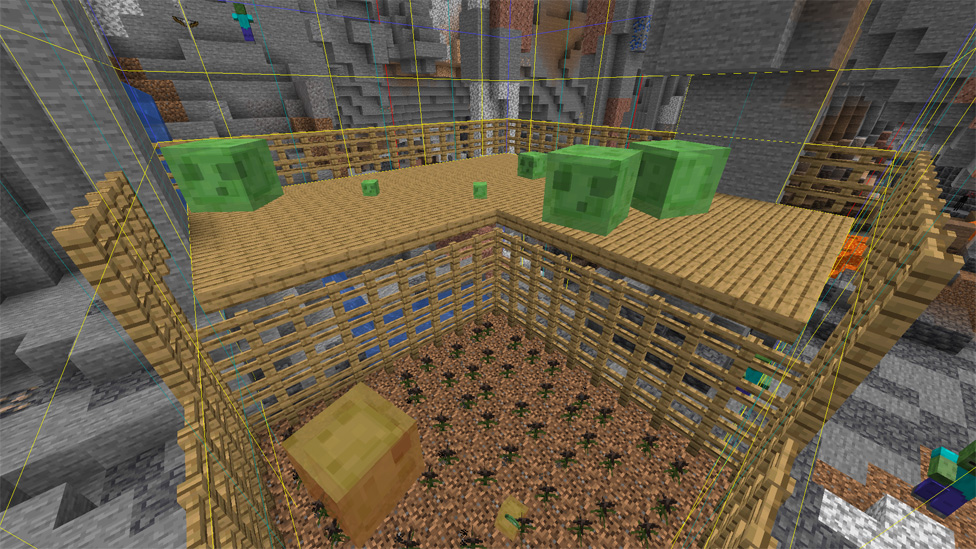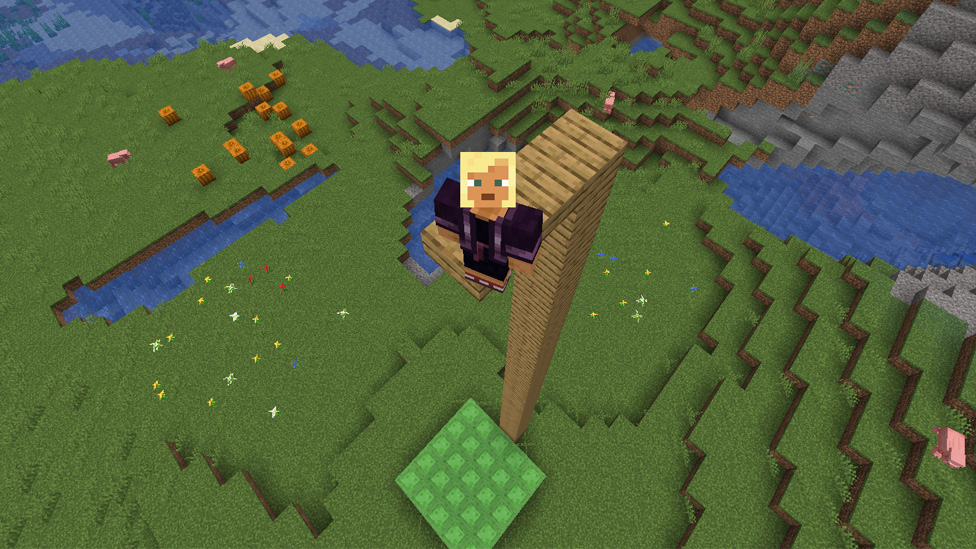Minecraft Slimes
Make Your Own Minecraft Server For Free
Your own Minecraft server is only 5 minutes away! We support simple one click install for over 1000 unique modpacks.
Free Minecraft Server Hosting
This guide will get into everything you need to know about Minecraft slimes—right from their behaviour and where they live to how to go about building that coveted slime farm. Minecraft slimes come in three sizes: large, medium, and small.
The great ones are the strongest, and when destroyed, they devolve into medium ones. The medium slimes further devolve into the small ones, and the desired slimeballs drop from them at last.
This means it is possible to find many slimeballs by destroying only one big slime. However, Slimes can be dangerous for the player who is not prepared. They can also pose the greatest danger in narrow locations, as their jumping attacks can hurl the player backwards.
Finding Slimes in the Wild

While slimes can rarely spawn in any low-light area underground, there are two primary ways to find them consistently.
- Swamps: This is the natural habitat of a normal, common Slime. At any day night, and at light levels 7 or less, but excluding the new moon, Slime will spawn on solid blocks in swamp biomes. The deeper layers (between 51 and 69) will experience these spawns.
- Slime Chunks: The spawning of slimes is quite a pain, regardless of biome or light level. It's relatively higher in some chunks of the Minecraft world, called slime chunks. They are quite a hassle to find, but in the location of a slime chunk, lies the best and most assured way of making a collection of slimeballs.
Mastering the Slime Chunk

Slime chunks are special areas within a Minecraft world where slimes have a much higher chance of spawning. Here's how to find and utilize them:
- Identifying Slime Chunks: There are two ways to identify Slime Chunks. The first way is a manual one, going down caves and under the ground to find where the concentration of Slime is highest. This could be very time consuming and not very reliable.
- Online slime chunk finders: This is a relatively more efficient way of the former, whereby one gets to use online slime chunk finders. This tool enables him to input his world seed and later find, within his very own world, all the slime chunks. It's way faster and much more precise this way.
- Building a Slime Farm: Once you've located a slime chunk, you can construct a slime farm. Here's a basic outline:
- Excavation: Dig out a large area within the slime chunk, ensuring it extends down to layer Y=39.
- Illumination: Light up the surrounding area to prevent other hostile mobs from spawning.
- Spawning Platform: Create a small, well-lit platform at least 24 blocks away from the floor of the excavation. This is where you'll stand while AFK (away from keyboard) to encourage slime spawns.
- Collection System: Implement a system to collect dropped slimeballs. This can involve water streams leading to hoppers and chests, or strategically placed trapdoors.

How can I tell if I'm in a slime chunk?
The most reliable way to confirm a slime chunk is by using a slime chunk finder tool online. Alternatively, explore the area extensively and see if you encounter a significantly higher spawn rate of slimes compared to other locations.
What is the best moon phase for finding slimes?
A full moon offers the highest chance of slime spawning, while a new moon offers none. During any other moon phase, slimes can still spawn, but the rate will be lower compared to a full moon.
Can slimes spawn in the Nether or the End?
No, slimes cannot spawn naturally in the Nether or the End dimensions within Minecraft. They are exclusive to the Overworld.
What are some essential uses for slimeballs?
Slimeballs are very important in crafting to create many valuable items in the world of Minecraft, such as sticky pistons in redstone contraptions, slime blocks used for bounce pads and mob traps, and leads used to tether mobs and animals.
Conclusion
Though dealing with slimes in Minecraft can be a bit of an issue, it does come with great rewards. With proper understanding of how the slimes operate and, more importantly, slime chunks, players can effectively set up farms to have a continued source of slimeballs. This valuable resource opens doors to exciting crafting possibilities within the world of Minecraft.Ready to push your Minecraft experience to the next level? Look no further than ScalaCube for the best in a class of Minecraft server hosting solutions. Get our reliable and adaptable hosting plans, ensuring every player—yourself included—experiences continuous and smooth gaming. Visit our website today to explore our plans and start building your dream Minecraft world!
Make Your Own Minecraft Server For Free
Your own Minecraft server is only 5 minutes away! We support simple one click install for over 1000 unique modpacks.
Start Your Server For Free!
Copyright 2019-2025 © ScalaCube - All Rights Reserved.